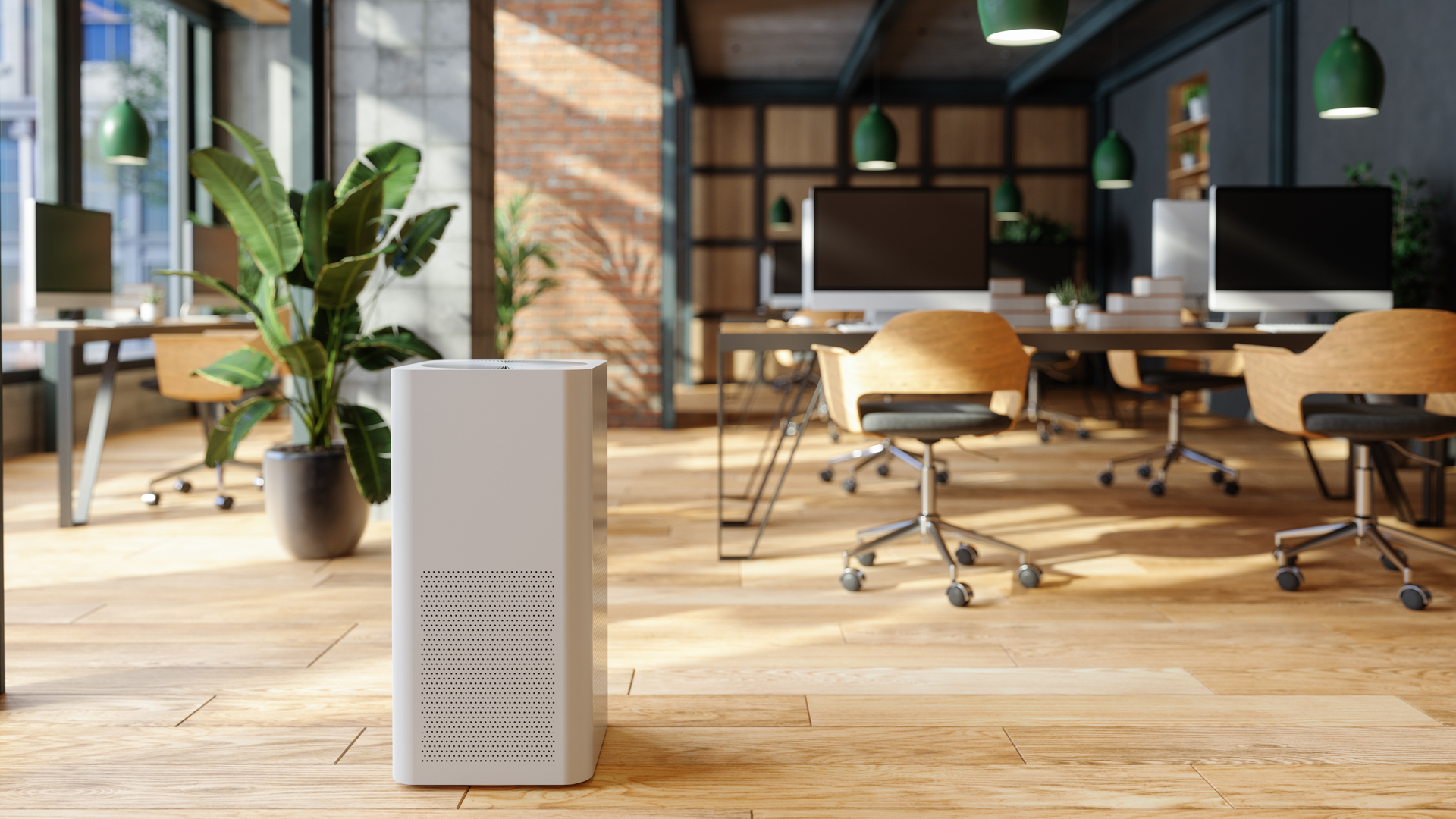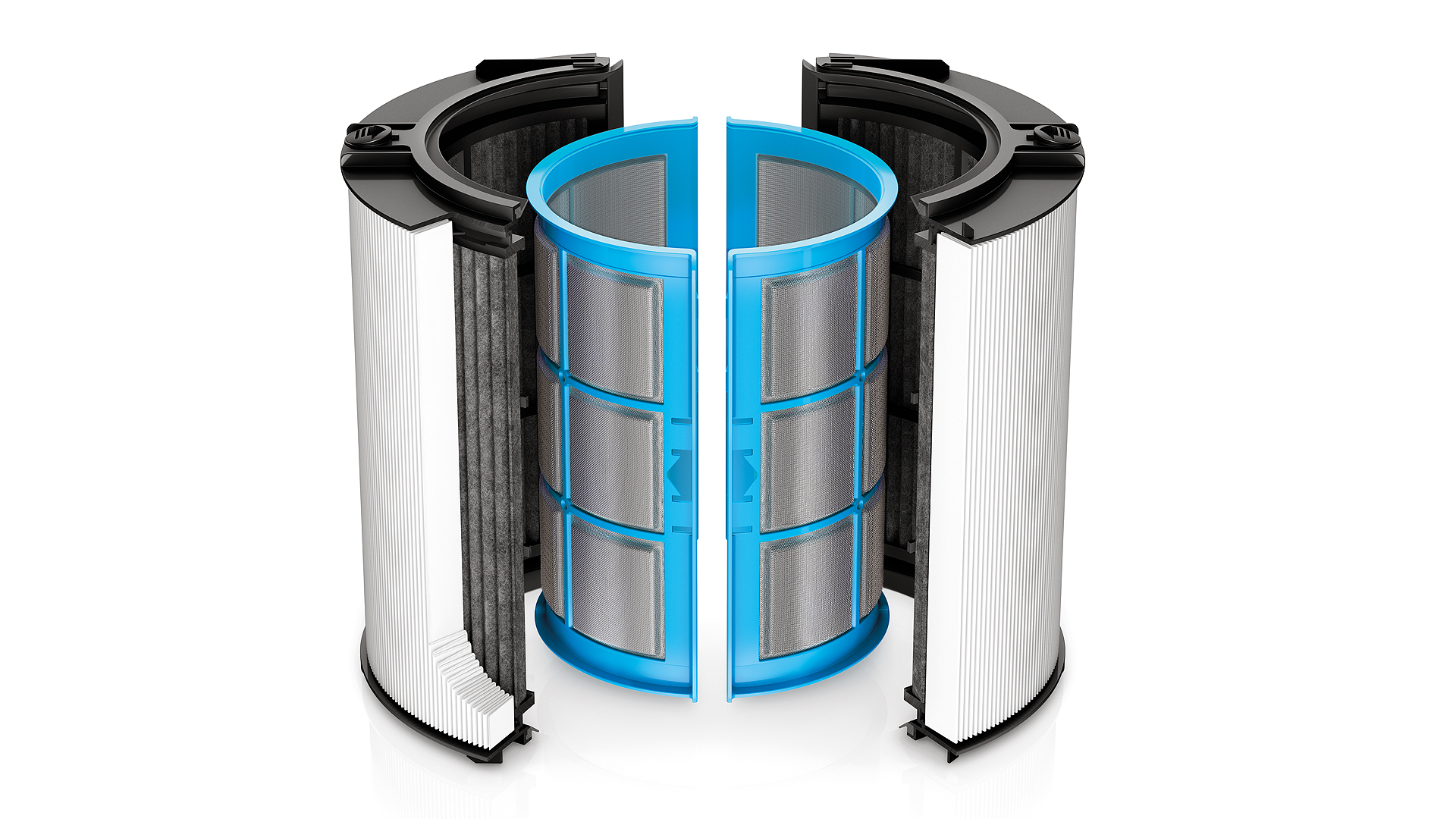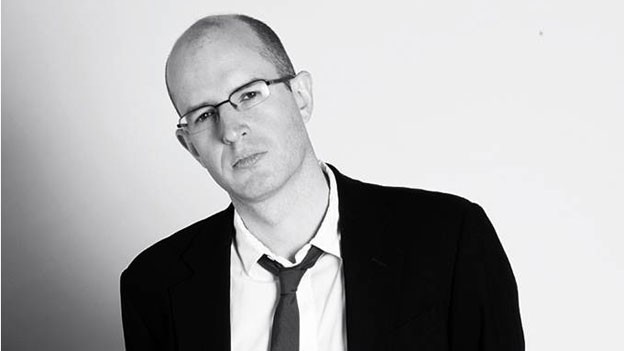3 mistakes everyone makes with air purifiers from filter fails to CADR comprehension
If you want your air cleaned better, there's a few things you need to know


Sales of air purifiers have gone through the roof in the last few years, as people have spent more time at home and been, naturally, more concerned than ever about the state of the air they're breathing. Although ironically, most air purifiers are not able to remove viruses or bacteria from the air, while those that claim they do are both very expensive and often making claims based on science that is a little under-researched, to put it mildly. If it were possible to literally zap all germs from the air, as such purifiers claim to do, the world would be a rather different place let's face it.
Even so, there are undoubted benefits to air purifiers, from removing allergens and potentially dangerous small particles and cleaning chemicals, to reducing cooking smells, to giving people peace of mind, whether that's illusory or not. This only applies if you avoid making the mistakes people make with air purifiers, however. Even the best air purifier is not much use if you don't use it correctly, or have failed to grasp what it's meant to do in the first place.
These are the worst mistakes you can make with an air purifier
1. Not checking a purifier's CADR score

This is image does not show an official laboratory test, but you get the general idea
CADR stands for Clean Air Delivery Rate. It's a set of 3 scores given to air purifiers, extractor fans and other air processing devices for their ability to remove smoke, pollen and dust. Once tested, results are converted to cubic feet per hour. The higher the CADR score, the better.
Putting is as simply as possible, if an air purifier has a CADR of 300 for smoke, it will reduce smoke in the air of a room to the level it would be at if you added 300 cubic feet of completely clean air per minute.
CADR is by no means a perfect test. It is done in a sealed chamber of a set size, and your bedroom is presumably neither sealed, nor the exact same size as he CADR testing chamber. However, it is the only means of testing that we have, so it will have to do.
The best Dyson fans – or at least the ones that are also air purifiers – are tested using a system of Dyson's own devising and not CADR. Dyson says this is because CADR is inherently flawed, and that their testing is more stringent. I have no idea why they don't also submit their machines for CADR testing, since they would presumably ace that, but I will leave you to draw your own conclusions on that.
Get all the latest news, reviews, deals and buying guides on gorgeous tech, home and active products from the T3 experts
Another very important statistic to check is the recommended maximum room size for any air purifier you're considering. And obviously, measure up your room to make sure it is suitable. This specification is an estimate made by the manufacturers based on their testing and is not independently verified at all, so it is arguably a better idea to get a purifier with a somewhat larger estimated maximum room size than you actually need.
2. Not positioning your purifier correctly

Away from the wall is best
The natural inclination of most people is to place their purifier against the wall, or even in a corner, and preferably under something. Why? Because most air purifiers look ugly and weird, and some are pretty hefty as well. Unfortunately, unless your manual specifically says to do this, you are actually meant to place air purifiers well away from walls, and in the case of cylindrical ones, as near to the middle of the room as possible.
This raises issues with plug socket placement as well as aesthetics, and I don't have any easy answers for how to do it in an attractive and convenient fashion. Installing floor sockets is the best solution, but if you don't feel like shelling out for that, running a power strip cable under furniture could be the best bet.
3. Not paying close attention to the filter

This Dyson filter has a carbon layer to deal with smoke and is fully HEPA compliant. It also looks like a set from Star Wars or Tron, as an added bonus
This is the most important part of any air purifier. All the rest of the machine does is suck air through it for cleaning, and let you control the speed and so on. There are three important things to note there.
A) Make sure the supplied filter does what you want it to. If there is no activated carbon layer to it, the air purifier will not remove smoke, cooking fumes or odours. If it's not a 100% HEPA filter, it cannot be guaranteed to remove allergens well enough to reduce your allergy symptoms.
No air purifier will totally remove germs from the air. Even when a purifier specifically says it will destroy bacteria and viruses, it is very much worth keeping in mind that it can only do that to germs that are sucked into it. Bacteria and viruses can still gather on surfaces, pets and/or human beings before they can be miraculously sucked from the air and vaporised, so I really would not consider any air purifier to be a significant protection from viral harm.
B) Check the price of replacement filters. You absolutely 100% will have to replace the filter at least once per year – this will vary by model and how intensively you use it, of course. This can become a significant expense and pain in the ass. If you buy from a more obscure 'challenger' brand, there is also always a risk that replacement filters will not be available in a few years' time. Unfortunately, if sales of air purifiers continue to spiral upwards while the current supply chain crisis remains in full swing, even big brands may not always be able to fully service the need for replacement filters, in the short to medium term.
C) Clean your filter regularly. Some air purifiers notify you to do this, but if not, a good going over with a vacuum cleaner every 3 months or so is highly recommended.
- More mistakes to dodge
- Mistakes everyone makes when growing houseplants
- Mistakes everyone makes with vacuum cleaners
- Mistakes everyone makes with their coffee machine
- Mistakes everyone makes with Le Creuset and other premium pans
- Mistakes everyone makes with air fryers
- Mistakes everyone makes with ebikes
- Mistakes every cyclist makes with bikes
- Mistakes everyone makes with their fridge freezer
- Mistakes everyone makes with air purifiers

Duncan is the former lifestyle editor of T3 and has been writing about tech for almost 15 years. He has covered everything from smartphones to headphones, TV to AC and air fryers to the movies of James Bond and obscure anime. His current brief is everything to do with the home and kitchen, which is good because he is an excellent cook, if he says so himself. He also covers cycling and ebikes – like over-using italics, this is another passion of his. In his long and varied lifestyle-tech career he is one of the few people to have been a fitness editor despite being unfit and a cars editor for not one but two websites, despite being unable to drive. He also has about 400 vacuum cleaners, and is possibly the UK's leading expert on cordless vacuum cleaners, despite being decidedly messy. A cricket fan for over 30 years, he also recently become T3's cricket editor, writing about how to stream obscure T20 tournaments, and turning out some typically no-nonsense opinions on the world's top teams and players.
Before T3, Duncan was a music and film reviewer, worked for a magazine about gambling that employed a surprisingly large number of convicted criminals, and then a magazine called Bizarre that was essentially like a cross between Reddit and DeviantArt, before the invention of the internet. There was also a lengthy period where he essentially wrote all of T3 magazine every month for about 3 years.
A broadcaster, raconteur and public speaker, Duncan used to be on telly loads, but an unfortunate incident put a stop to that, so he now largely contents himself with telling people, "I used to be on the TV, you know."